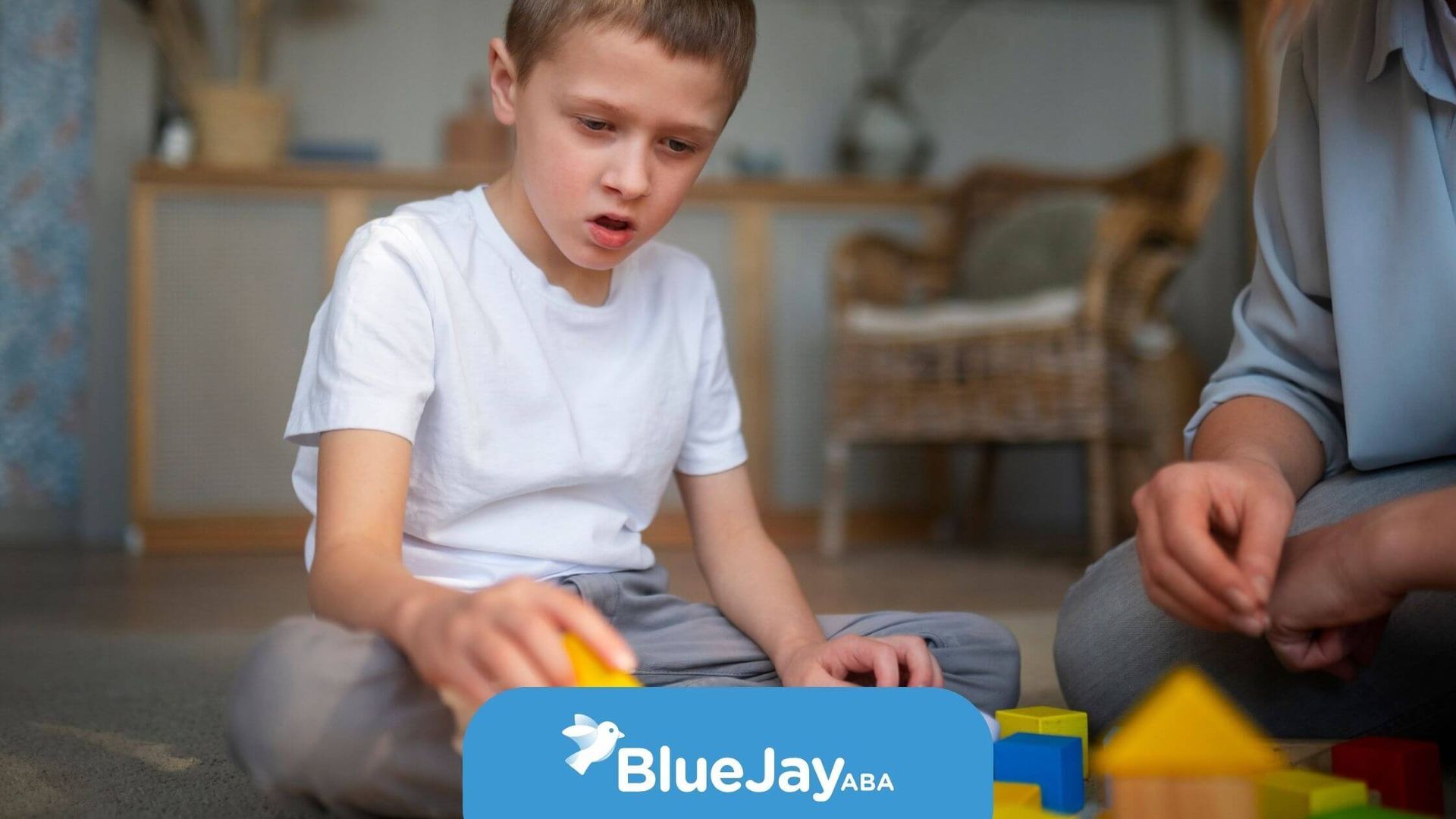The Real-Life Guide to ABA: How It Works and Why It Helps
If your child is facing developmental delays, you're not alone—and there is help. A certified behavior analyst can work closely with your family to determine if ABA therapy is the right fit. ABA therapy isn’t just a technique—it’s a compassionate, evidence-based approach that helps children build important skills and gain confidence in a nurturing, structured environment.
Understanding ABA Therapy
Applied Behavior Analysis (ABA) therapy is based on the science of how people learn. It’s especially effective for children and adults with autism, helping them improve communication, social skills, and daily routines, while also reducing behaviors that may be holding them back.
ABA therapy involves a certified behavior analyst working with your child to improve their behaviors and equip them with new skills to help them succeed.
Unlike some therapies that focus only on emotions or internal thoughts, ABA centers on what we can observe—behaviors—and how they can be gently shaped through understanding and support. The goal isn’t to “fix” a child, but to empower them with tools that make everyday life easier, safer, and more fulfilling.
The Purpose of ABA Therapy
Applied Behavioral Analysis (ABA) therapy is grounded in a simple but powerful idea: behavior is learned—and it can be unlearned or reshaped in healthy ways. That means if your child is struggling with certain challenges, there’s a way to help them build new skills in their place.
ABA is often used as an early intervention for autism, but it's also effective for a wide range of developmental and behavioral challenges. It’s highly personalized, with treatment plans designed around your child’s strengths, needs, and personality.
A Look Back—and a Look Forward
ABA therapy has come a long way since its beginnings in the 1960s. While early approaches often focused on suppressing behaviors through strict methods, modern ABA has shifted to something much more positive and respectful.
Today’s ABA prioritizes the well-being, dignity, and individuality of each person. Therapists use positive reinforcement to help children learn in ways that feel safe and motivating. It’s not about control—it’s about support, growth, and helping your child reach their full potential.
The Heart of ABA: Reinforcement and Respect
At its core, ABA therapy is based on the idea that behavior that’s rewarded is more likely to continue. Positive reinforcement plays a crucial role in ABA therapy.
Reinforcement might look like a favorite toy, a high-five, or simply a big smile and verbal praise—it depends on what your child finds motivating. This gentle encouragement helps children associate new skills with positive feelings, making it easier (and more fun) for them to learn.
Understanding Behavior and Teaching Alternatives
When challenging behaviors show up, ABA therapists don’t just try to stop them. Instead, they ask: Why is this happening? What is the child trying to communicate?
By understanding the root of the behavior, therapists can teach safer, more helpful ways for your child to express their needs. This proactive, respectful approach builds emotional regulation, independence, and self-confidence.
Getting Started: The ABA Therapy Process
Every child is different—and ABA therapy reflects that. The process begins with a thoughtful assessment, where your child’s needs, strengths, and goals are carefully considered. From there, a personalized plan is created with clear, achievable steps.
Therapists track progress, adjust strategies when needed, and collaborate with parents every step of the way. This flexible, ongoing support is key to meaningful and lasting growth.
Goals That Grow With Your Child
Whether your child needs help with communication, social skills, or everyday tasks like brushing teeth or getting dressed, ABA therapy can help. Goals are specific, measurable, and designed to evolve as your child grows and learns.
And because you know your child best, your input is always part of the process. Together, you and the therapist become a team—working toward outcomes that truly matter.
Customizing Therapy to Fit Your Child
No two children are the same. That’s why ABA therapy is always adapted to match your child’s unique personality and learning style.
Therapists get to know what makes your child smile, what motivates them, and what challenges they’re facing. By weaving these insights into the therapy sessions, they create experiences that feel encouraging and engaging—not overwhelming or forced.
Techniques That Make a Difference
ABA therapy includes a range of evidence-based techniques, including:
- Discrete trial training (DTT): A structured method that breaks skills into small steps and builds them gradually.
- Pivotal Response Treatment (PRT): A more naturalistic approach that focuses on key areas like motivation and communication to unlock broader learning.
These methods aren’t used in isolation—they’re tailored and combined based on what works best for your child.
The Real-Life Benefits of ABA Therapy
ABA therapy isn’t just about learning skills—it’s about transforming lives. Parents often report seeing meaningful improvements in:
- Communication: Children learn how to express themselves more clearly and confidently.
- Social interaction: They begin to engage with others, make friends, and enjoy group settings with greater ease.
- Independence: From self-care to problem-solving, kids build the tools they need to navigate daily life.
These changes can open up new possibilities for your child—and bring more peace and joy to your whole family.
You're Not Alone—We're Here to Help
Choosing ABA therapy is a big decision, and it’s okay to have questions. At Blue Jay ABA, we’re here to walk alongside you with compassion, knowledge, and a deep respect for your child’s potential.
Whether you're just beginning to explore options or looking for more personalized care, we’re ready to help. Our team of certified professionals offers thoughtful, family-centered support designed to meet your child exactly where they are—and help them grow from there.
Contact Blue Jay ABA today to learn how we can support your family’s journey.
Frequently Asked Questions
How does ABA therapy support children with autism?
ABA treatment is a common form of early intervention for children with autism spectrum disorder. A behavior analyst will use a system of positive reinforcement to encourage desired behaviors, reduce those that are not serving the child, and ultimately equip the child with the skills they need.
Can ABA therapy be used for adults?
While often used for children, ABA treatment is also appropriate for adults with developmental delays or behavioral disorders. Your ABA therapist will personalize your plan to address any challenges you're having in your daily life.
What is the typical duration of ABA therapy for a child?
Because ABA treatment is tailored to each child, there is no set duration for therapy sessions. It is a very individualized type of early intervention, and the child’s therapist or behavior analyst will determine how long ABA treatment is needed.
How do I know if ABA therapy is right for my child?
If you think your child could benefit from ABA therapy, speak to their pediatrician or an ABA therapist. Family members and autism advocates can be a source of support as well, but ultimately, deciding what's best for your child’s needs is a personal decision.
Related Posts






